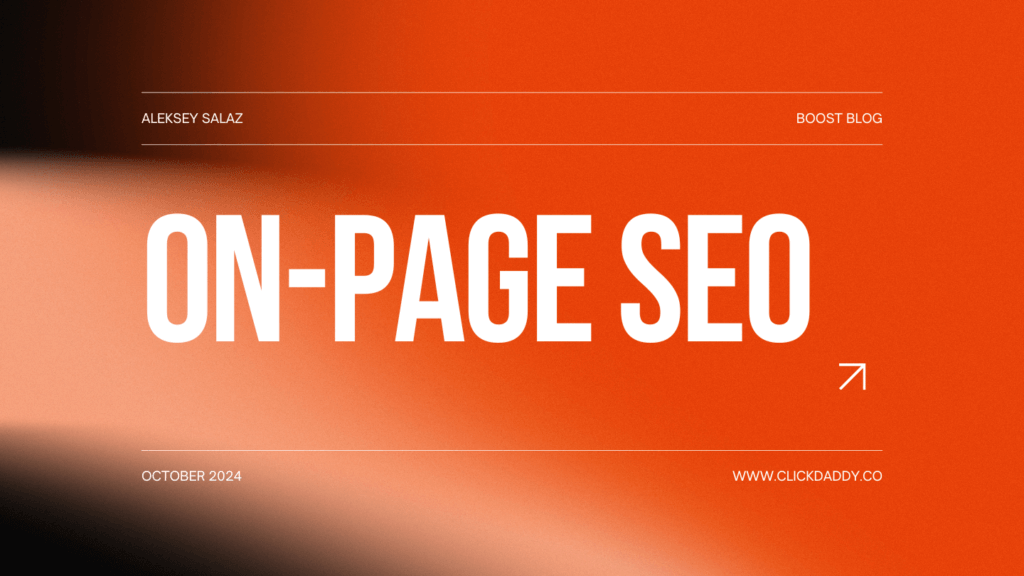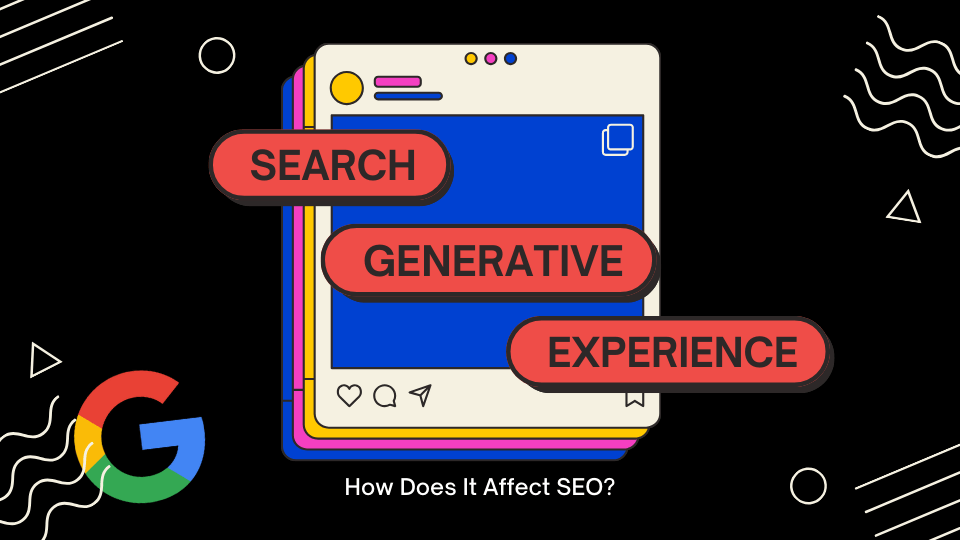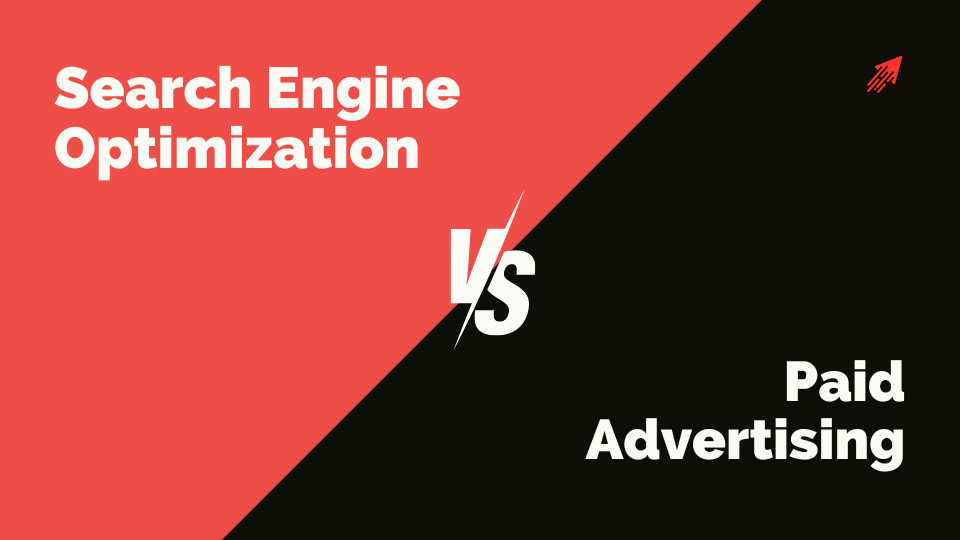If you’re here to learn on-page SEO, you’re in the right place!
It might seem complicated, but don’t worry—I’ll simplify everything step-by-step.
On-page SEO is all about optimizing the pages on your site to make them search engine-friendly.
In this guide, I’ll share expert strategies I’ve found effective, from using keywords to improving readability. By the end, you’ll have a solid understanding of how to boost your rankings and connect with more readers.
Let’s get started!
Key Takeaways
- On-Page SEO Defined: Optimizes individual pages to improve rankings and user experience.
- Essential Elements: Focus on keywords, title tags, meta descriptions, headings, image optimization, and internal links.
- Common Mistakes: Avoid keyword stuffing, duplicate content, and ignoring mobile optimization.
- Advanced Techniques: Use schema markup, page speed optimization, and HTTPS for security.
- Helpful Tools: Use keyword tools, SEO plugins, and Google Search Console for better on-page SEO insights.
- Realistic Impact: Consistent optimization leads to better rankings, higher traffic, and more engagement.
On-Page SEO – What is it?
On-page SEO is about optimizing the elements directly on your website to improve visibility in search engine results. Key elements include keywords, title tags, meta descriptions, headings, images, and internal links.
These elements work together to make your content easy for search engines to understand and rank.
When optimized well, they signal relevance and quality, which can lead to higher rankings and more organic traffic.
Focusing on on-page SEO makes your site both user-friendly and search-engine-friendly.
On-Page SEO Strategies for Beginners
Here are some basic on-page SEO strategies to get you started:
- Keyword Research and Optimization: Start by finding keywords relevant to your content. Use tools like Google Keyword Planner to pick low-competition keywords. Place these naturally in your content, titles, and headings.
- Title Tags and Meta Descriptions: Title tags are like headlines for search engines. They should be clear, under 60 characters, and include your main keyword. Meta descriptions, which show under your title in search results, should be 150–160 characters and encourage clicks.
- Heading Tags and Content Structure: Use headings (H1, H2, H3) to organize your content. Your main title should be H1, and subtopics should use H2 or H3 tags. This structure makes it easy for readers and search engines to follow your points.
- Image Optimization: Compress images for faster loading and add alt text (a brief description) to each image. Alt text improves accessibility and helps search engines understand your visuals.
- Internal Linking: Link to other pages on your site to guide readers to related content. Internal links also help search engines crawl your site and understand page relationships.
These strategies will improve your site’s readability, user experience, and rankings. Usually.
Common On-Page SEO Mistakes to Avoid
Related: 12 Common SEO Mistakes That Hurt Your Rankings
Keyword Stuffing
Keyword stuffing is when you overload your content with keywords in hopes of ranking higher.
However, search engines see this as a spammy tactic, which can actually lower your rankings.
Keyword stuffing makes your content harder to read, pushing users away. When readers leave quickly, this raises your bounce rate (the percentage of visitors who leave after viewing only one page), which negatively impacts your SEO performance.
Duplicate Content
Duplicate content is when you have the same or very similar content on multiple pages.
This confuses search engines because they can’t tell which page to prioritize in rankings.
As a result, both pages may end up ranking lower.
Duplicate content also reduces your site’s originality, which can make users and search engines see it as less valuable or trustworthy.
Ignoring Mobile Optimization
Mobile optimization is critical since over 60% of searches happen on mobile devices.
Ignoring mobile optimization leads to a poor user experience for mobile visitors, who may leave if the site doesn’t load well on their devices.
Google also uses mobile-first indexing, which means it primarily ranks sites based on their mobile version.
Without a mobile-friendly design, your rankings and traffic may suffer significantly.
Advanced On-Page SEO Strategies
Schema Markup
Schema markup is a type of structured data that helps search engines understand your content better.
By adding schema, you can enhance search results with rich snippets, like star ratings, event dates, or product prices, which attract more clicks.
For example, adding schema to a recipe page could display cooking time and ingredients directly in search results, making it more appealing.
These snippets can boost your click-through rate, which positively affects your rankings.
Page Speed Optimization
Page speed is a major factor in both user experience and SEO. When pages load slowly, users are likely to leave, which increases your bounce rate. G
oogle values sites that load quickly, so improving speed can help your rankings.
Simple steps like compressing images, minifying code, and enabling browser caching can make a noticeable difference in loading times.
Faster pages keep users on your site longer and improve your SEO.
HTTPS Implementation
HTTPS is the secure version of HTTP, providing a secure connection by encrypting data between your site and users.
Google has confirmed that HTTPS is a ranking signal, so sites with HTTPS may perform better in search results.
Beyond SEO, HTTPS builds trust, showing users that your site protects their data, especially important for e-commerce and any site handling personal information.
On-Page SEO Tools and Resources
Keyword Research Tools
Keyword research tools help you find relevant search terms and understand their popularity.
Tools like Google Keyword Planner and Ahrefs offer keyword suggestions, search volume data, and competition levels. This helps you choose keywords that are relevant but not overly competitive, improving your chances of ranking.
SEO Plugins
For sites on platforms like WordPress, SEO plugins simplify on-page optimization. Yoast SEO and Rank Math guide you through tasks like keyword optimization, readability, and meta tags, making it easier to keep your SEO on track.
Webmaster Tools
Google Search Console and Bing Webmaster Tools provide valuable insights into how search engines view your site.
They track your site’s performance, indexing issues, and keyword rankings.
These tools help you spot problems and make improvements to support your SEO efforts.
On-Page SEO – A Realistic Impact
Optimizing your on-page SEO can have a noticeable impact on your website’s performance.
When you use well-chosen keywords, optimize your titles, and improve page speed, your site becomes more accessible to both users and search engines.
This often leads to higher rankings and increased organic traffic.
Studies show that well-optimized pages can increase click-through rates by up to 30%, bringing more visitors who are likely to stay and explore your content. Over time, these improvements can lead to better engagement, more conversions, and stronger site authority.
Wrapping Up
On-page SEO is a powerful tool for improving your site’s rankings and visibility. Focusing on key elements like keyword optimization, content structure, and page speed makes your site more accessible to users and search engines.
While results may take time, consistent on-page optimization can bring more traffic, higher engagement, and ultimately more conversions.
With these strategies, you’re well on your way to building a solid SEO foundation that supports long-term success.
On-Page SEO FAQs
What is off-page SEO vs on-page?
On-page SEO involves optimizing content and HTML within your site, while off-page SEO focuses on actions outside your site, like backlinks, to build authority.
What is on-page SEO vs local SEO?
On-page SEO optimizes content and technical aspects of a website. Local SEO targets searches in a specific location, improving visibility for local audiences.
What is on-page SEO keyword optimization?
On-page SEO keyword optimization is the strategic use of relevant keywords within content, headings, and tags to help search engines understand the page’s topic.
What is on-page SEO vs technical SEO?
On-page SEO optimizes content and HTML elements, while technical SEO focuses on backend improvements like site speed and mobile-friendliness for better crawlability.
What is the best on-page SEO score?
SEO scores vary, but aiming for an on-page SEO score of 80 or higher is generally considered good, as it indicates strong optimization.
What are the three components of on-page SEO?
The three main components of on-page SEO are content optimization, HTML tag optimization (like title tags and meta descriptions), and internal linking.
What are keywords in on-page SEO?
Keywords in on-page SEO are terms or phrases used throughout your page to signal to search engines what your content is about and improve relevance.
How do you check if a page is SEO optimized?
To check if a page is SEO optimized, use tools like Google Search Console or SEO plugins that assess elements like keyword usage, tags, and page load speed.


